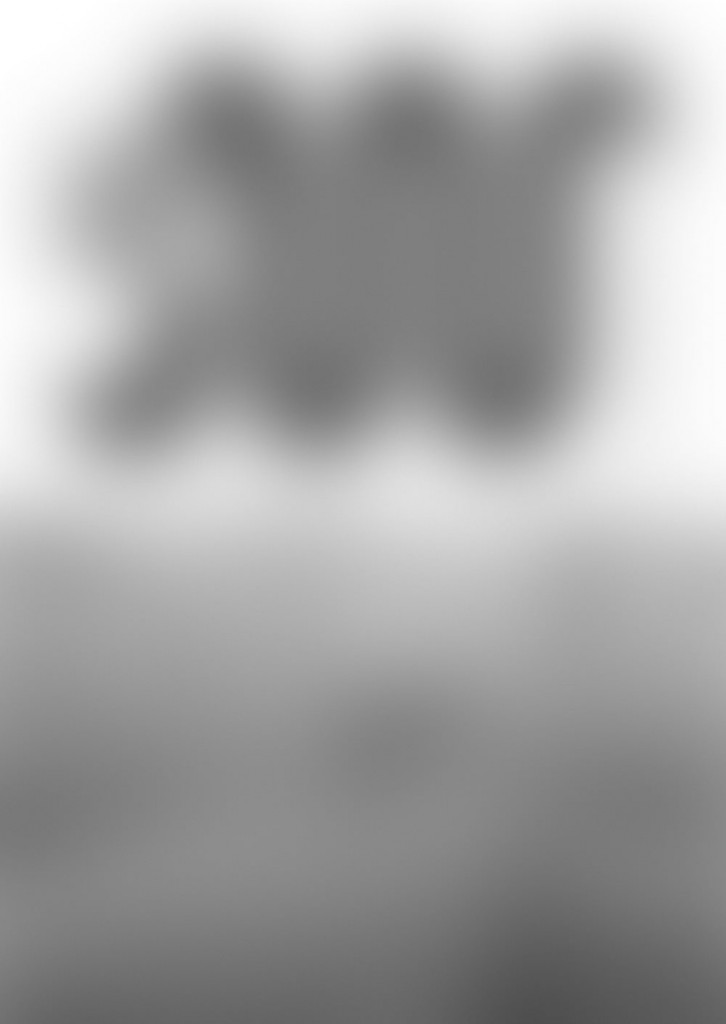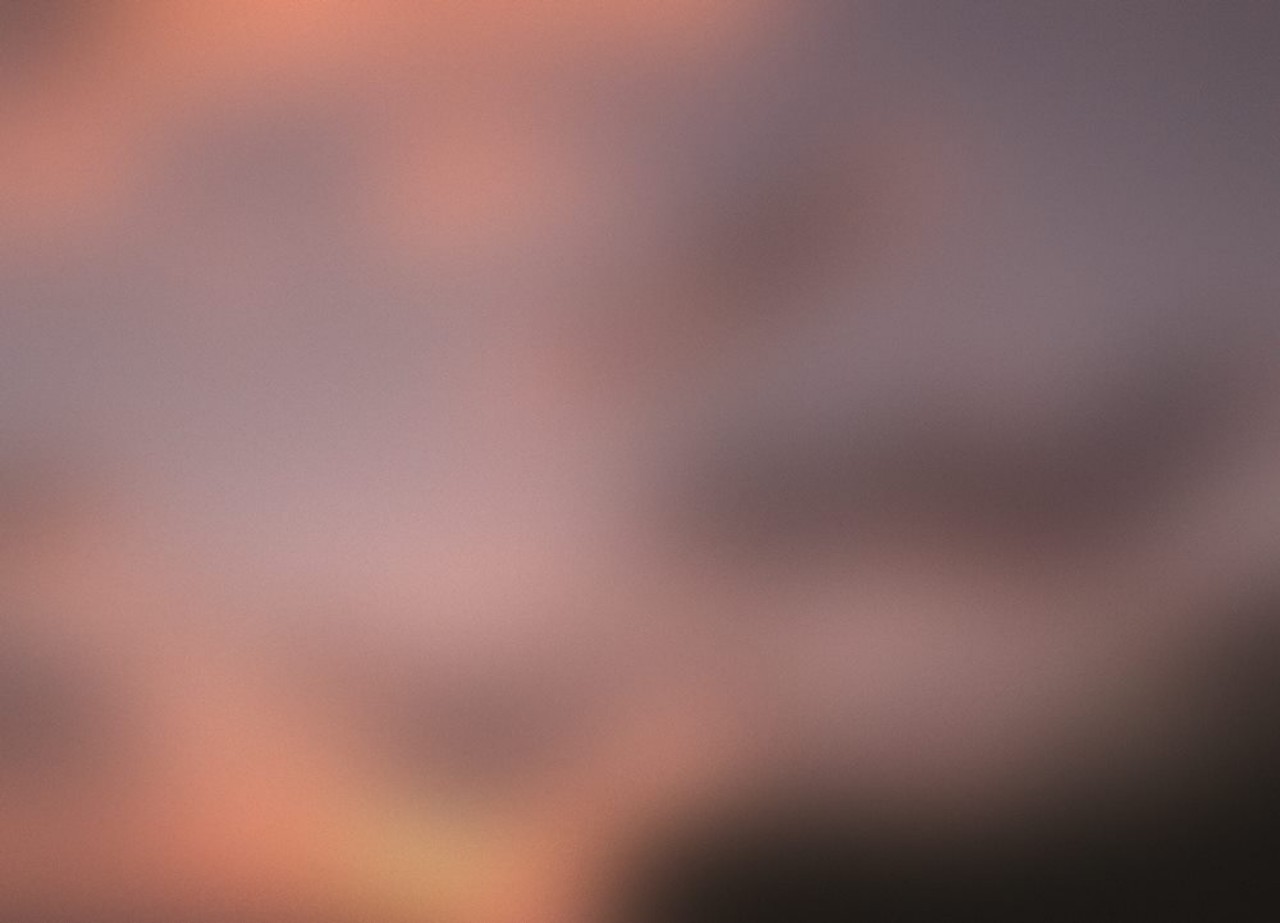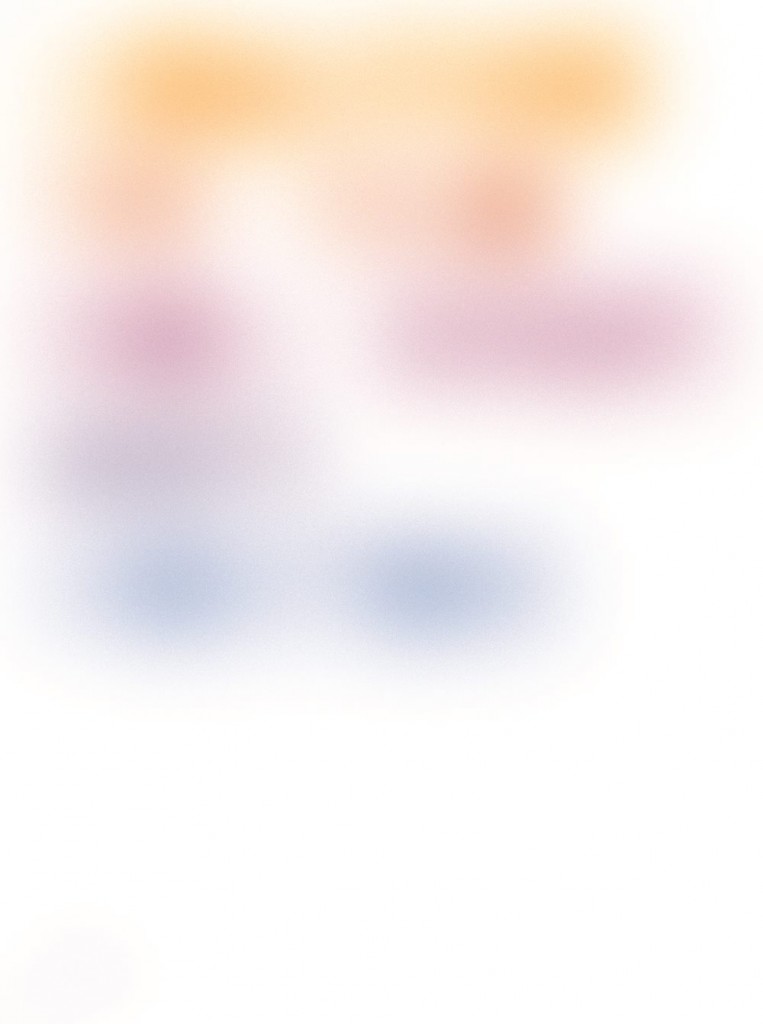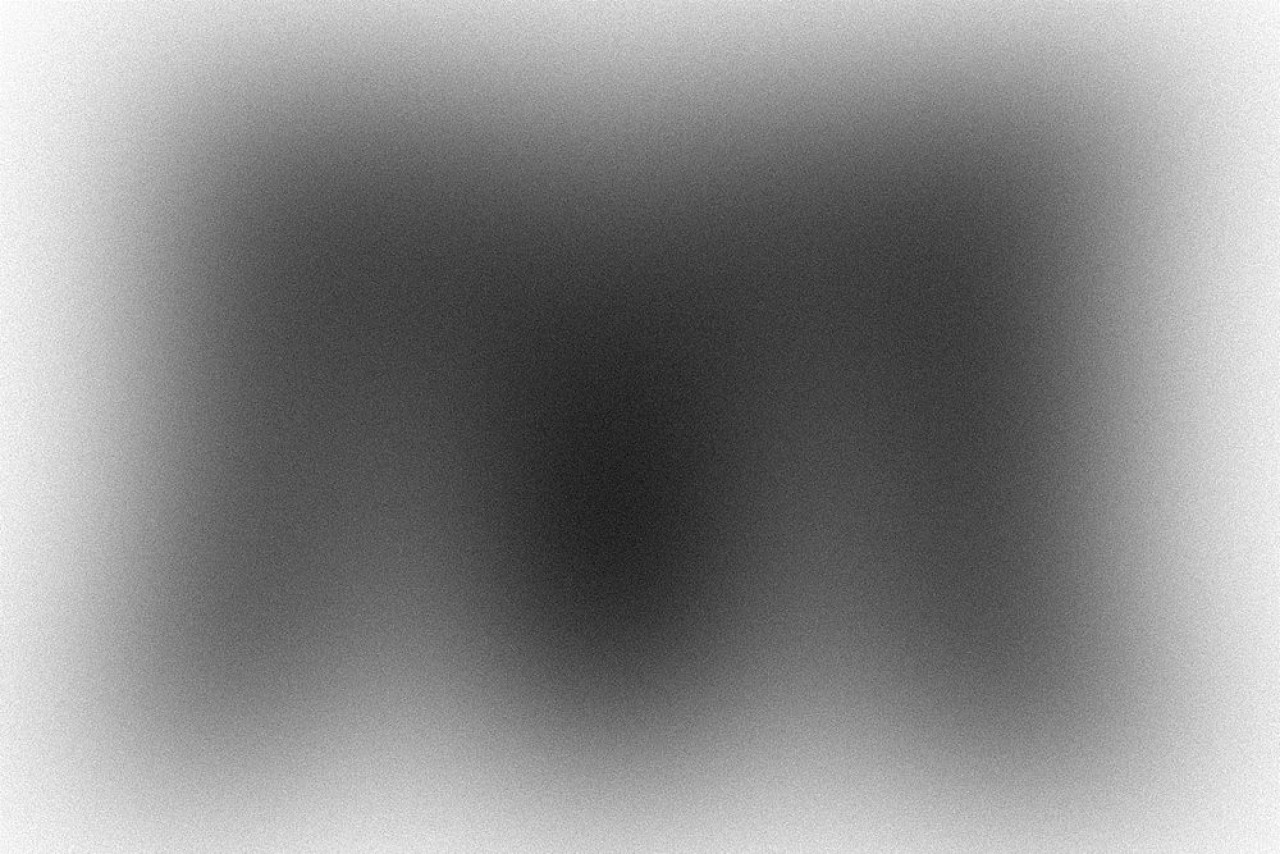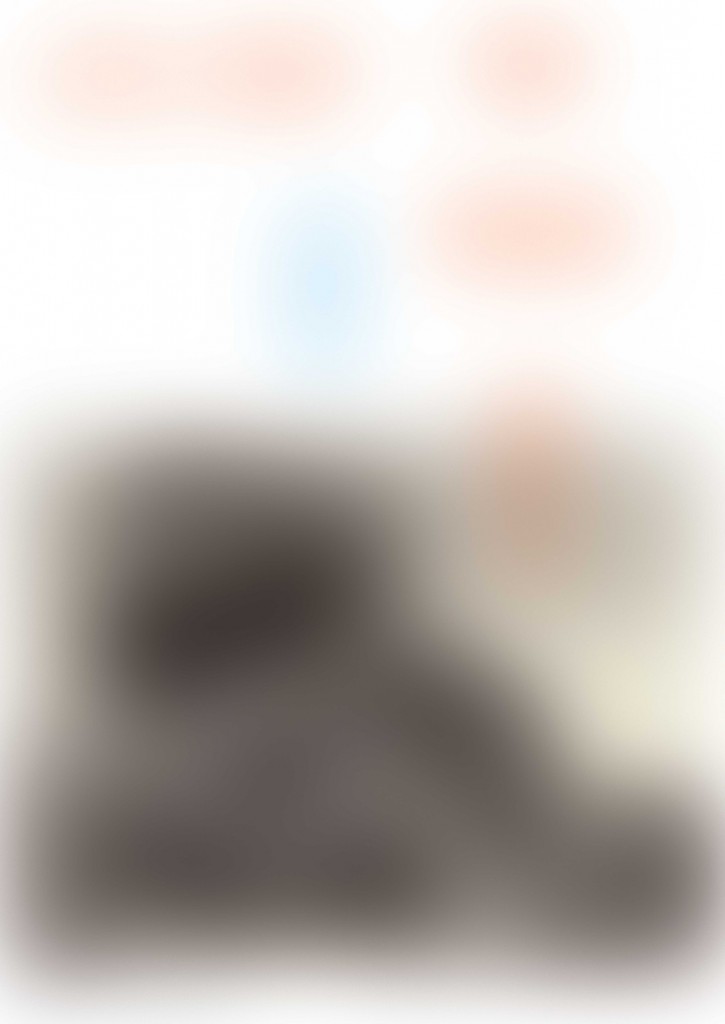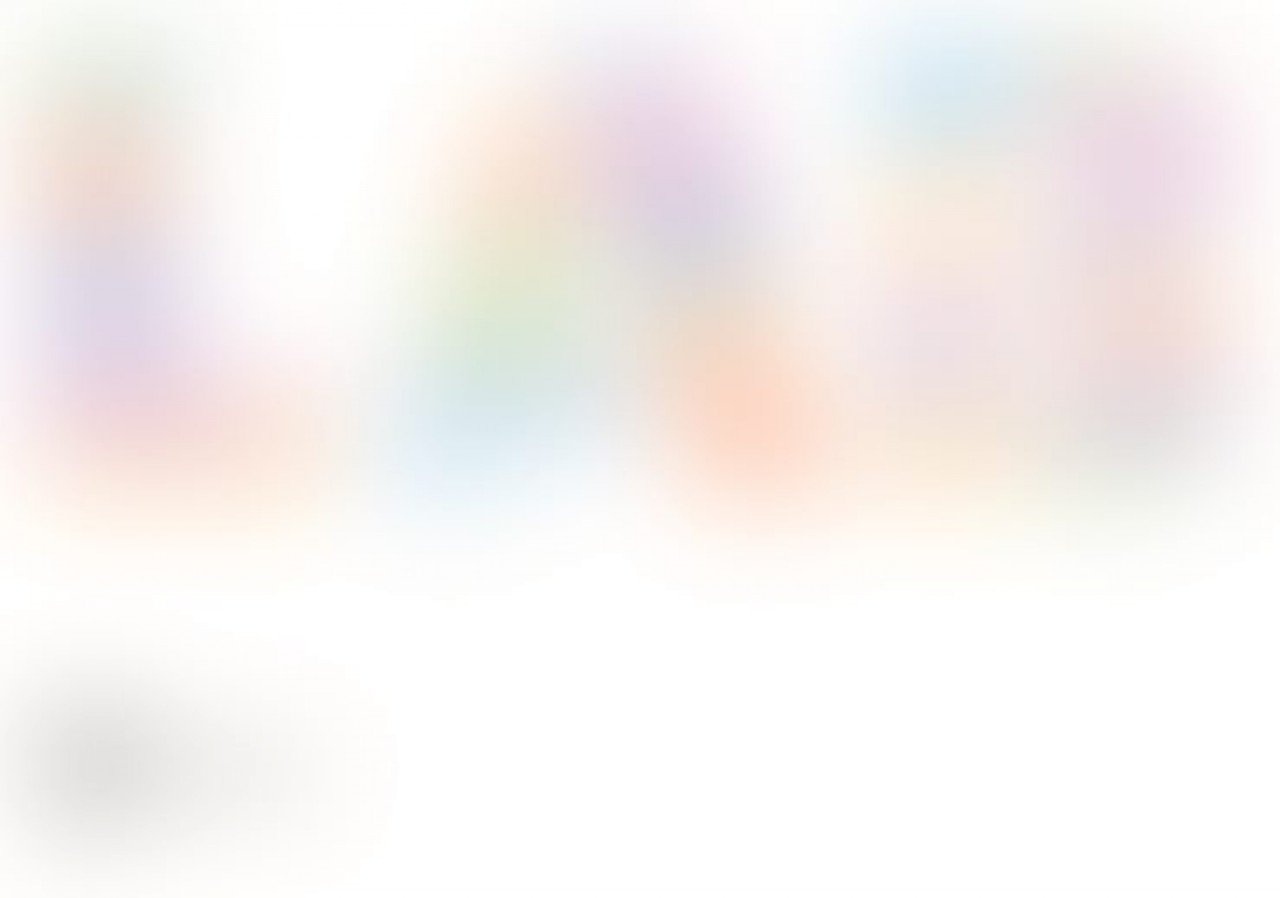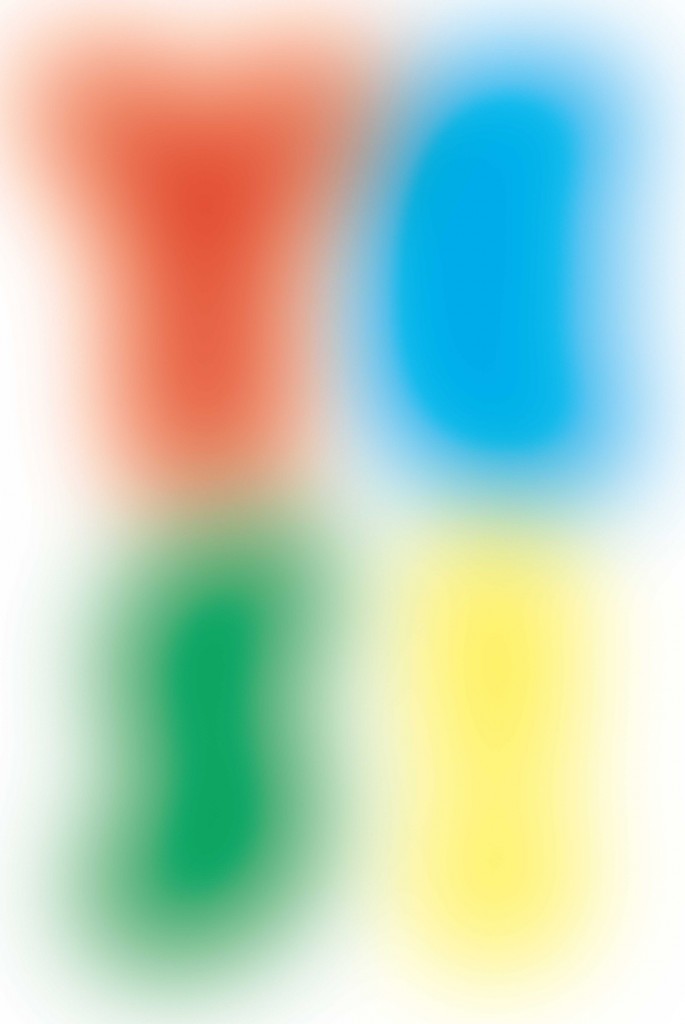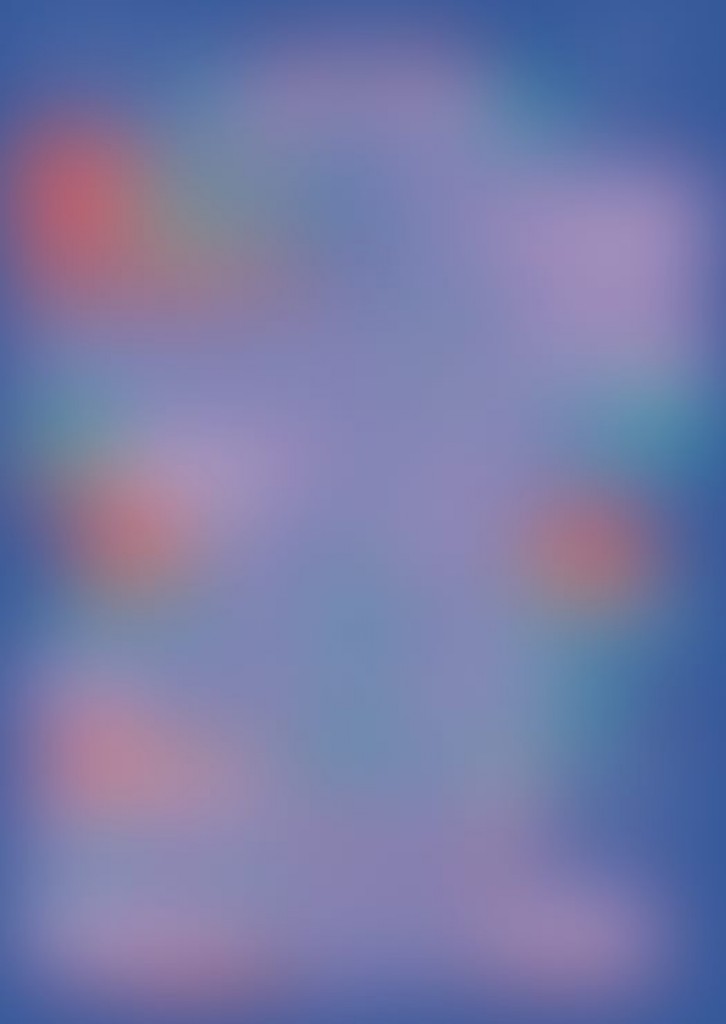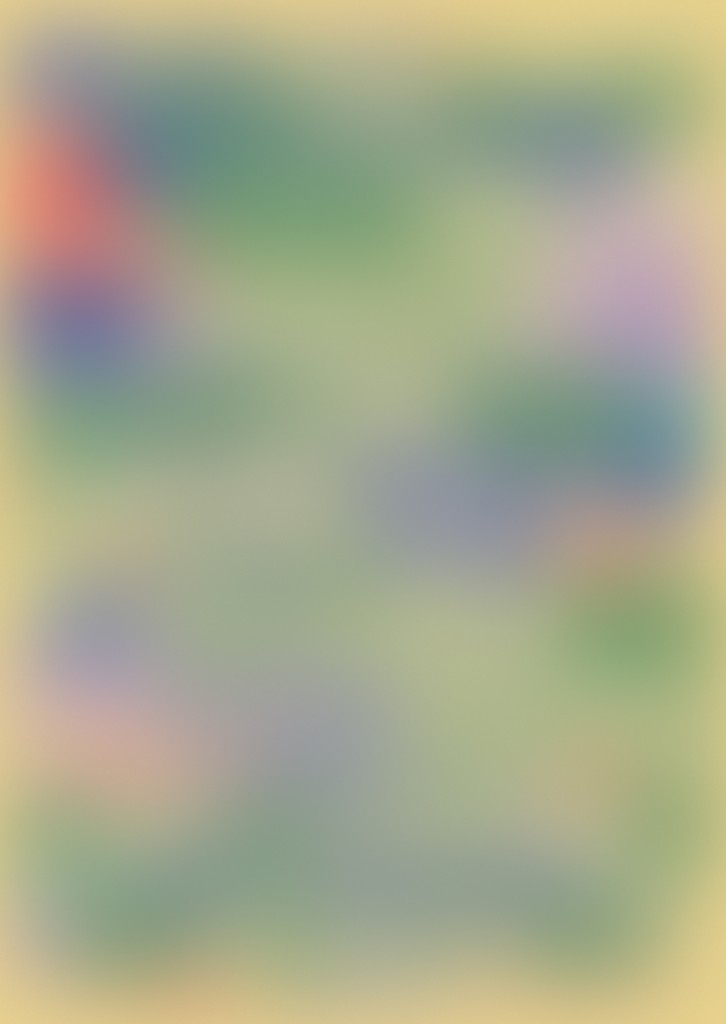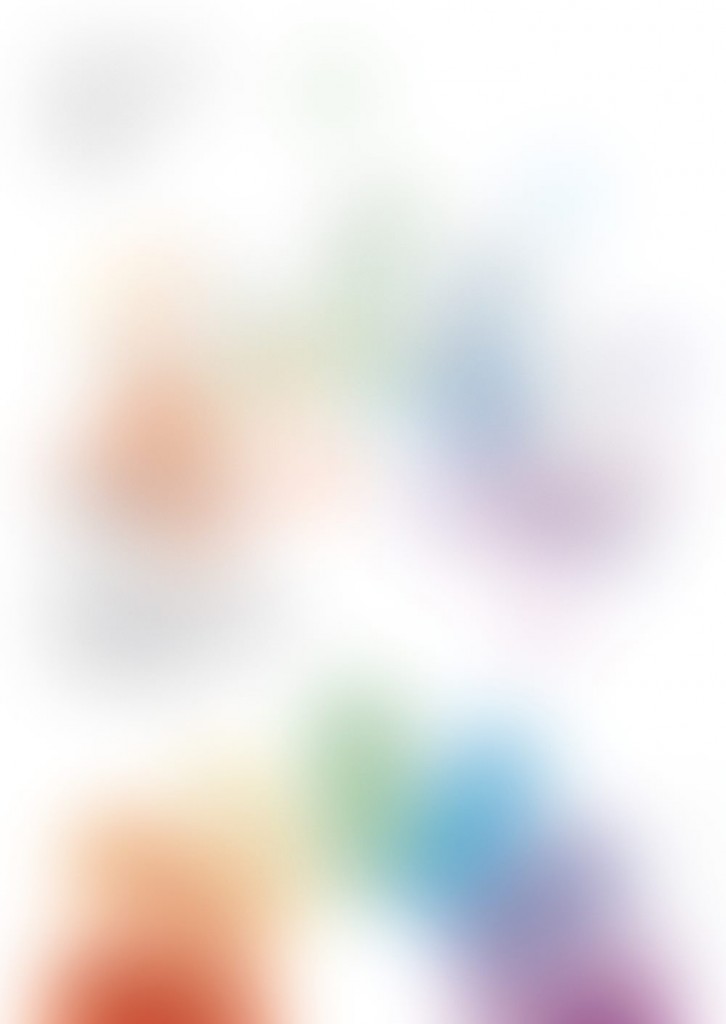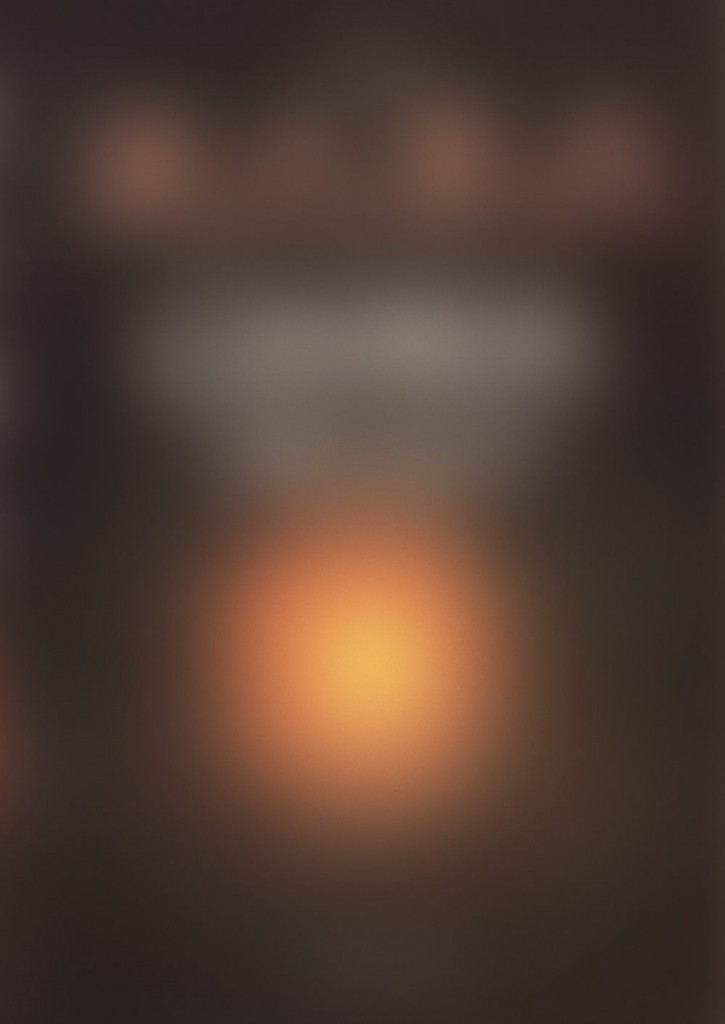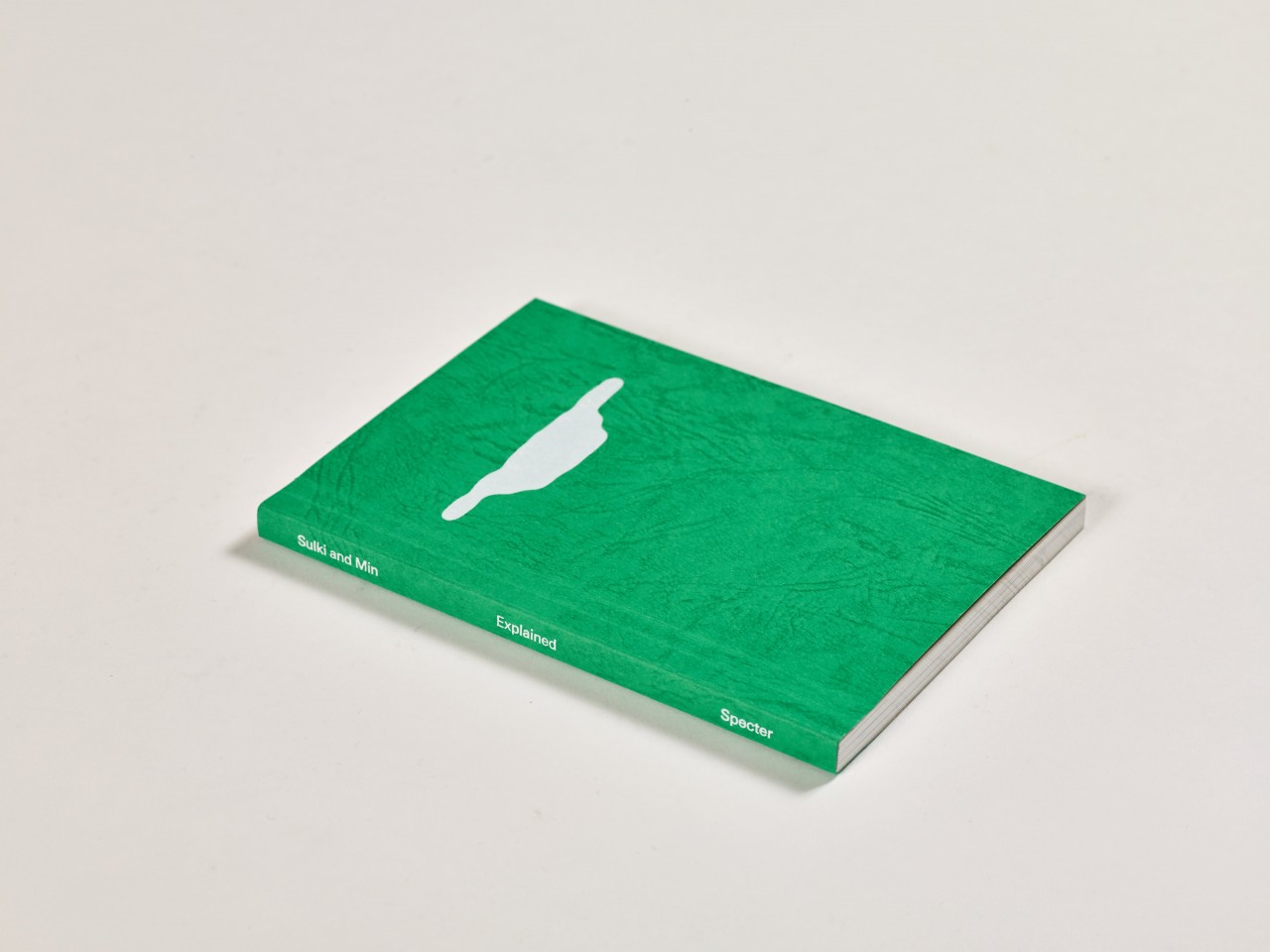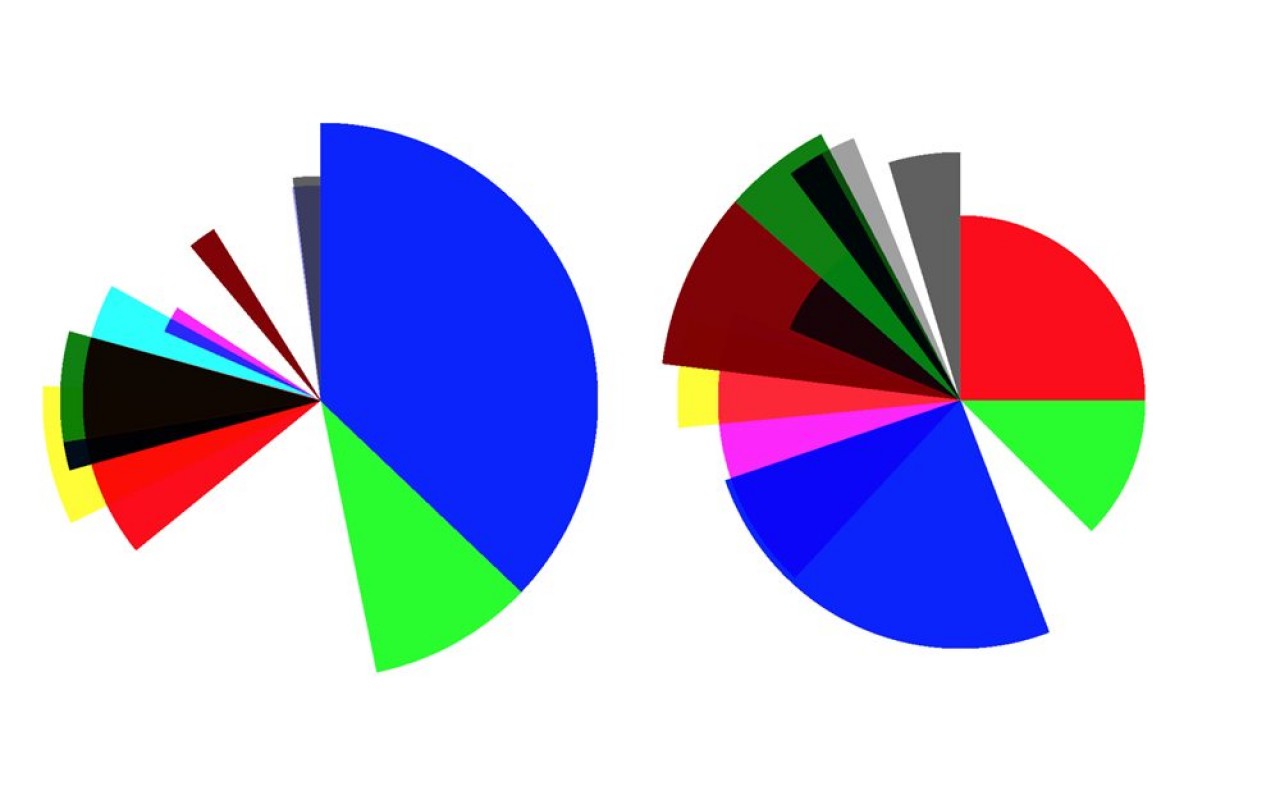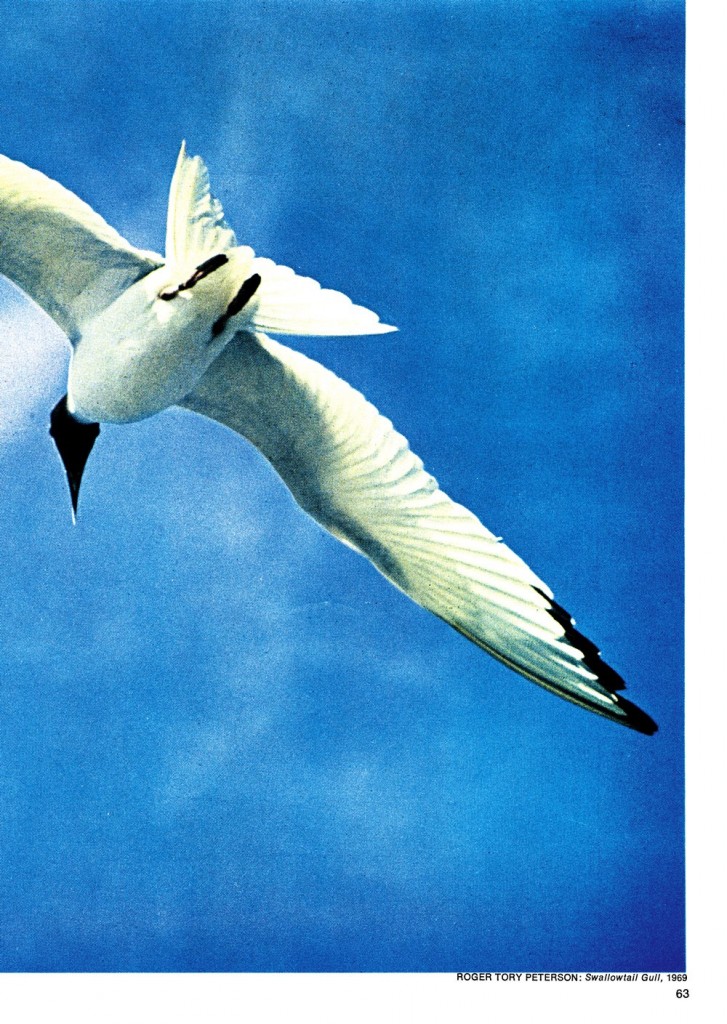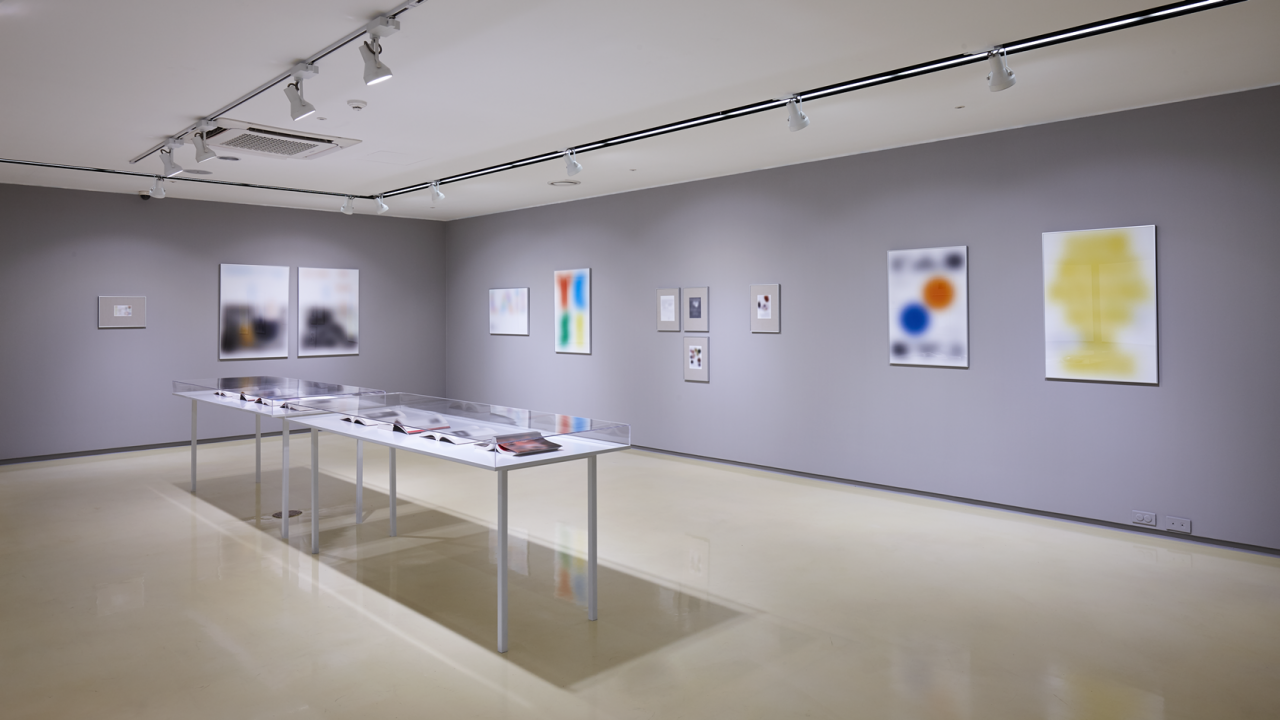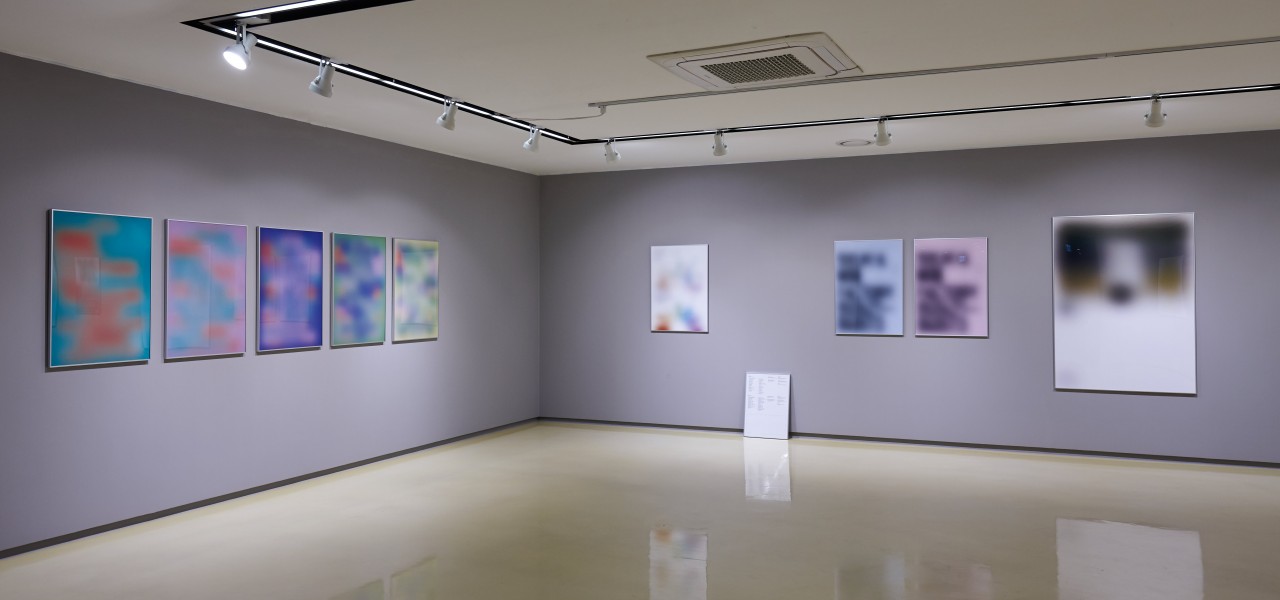Exhibitions
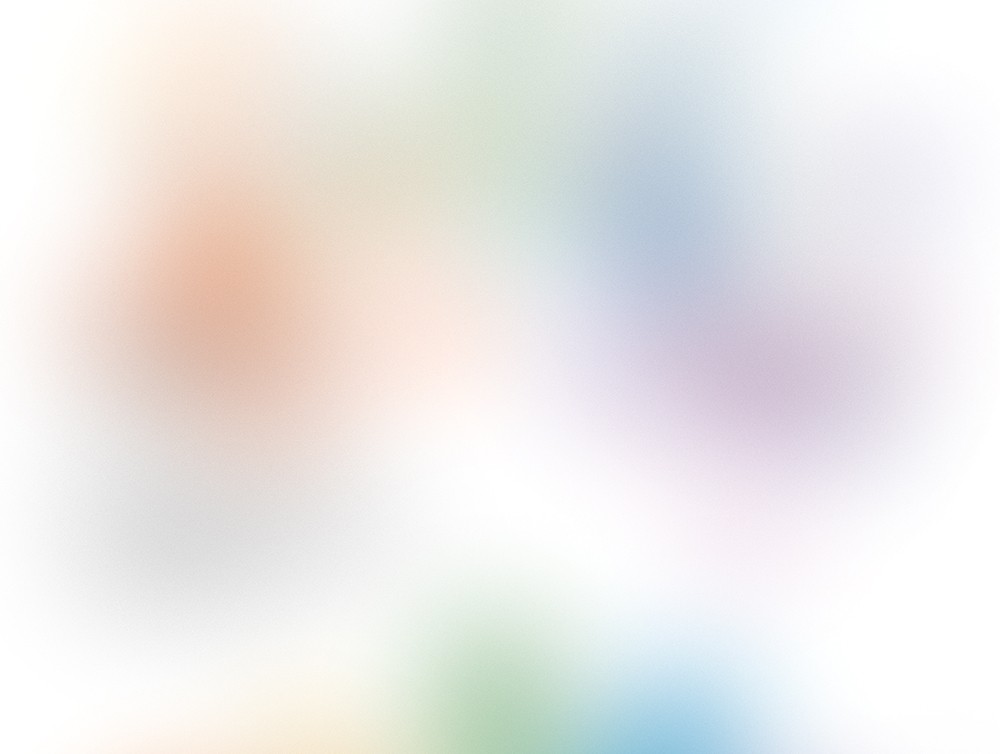
PERIGEE ARTIST #12 슬기와 민
Perigee 060421-170513
2017.03.09. THU ~
2017.05.13. SAT
Perigee 060421-170513
신승오 (페리지갤러리 디렉터)
슬기와 민이 지금까지의 다양한 전시를 통해서 선보여 왔던 작업은 명확한 기획의도를 가지고 전시의 흐름을 구성하고 거기에 들어맞는 작품을 만들어 내는바, 이번 전시에서는 어떤 새로운 것을 그들만의 방식으로 만들어 낼지에 대한 궁금증을 가지게 되었다. 따라서 슬기와 민에게 이번 전시에 관련된 글을 요청했다. 도착한 글은 전시의 구성과 작품의 내용, 전시 전반의 의도와 이유 등에 대해 분절된 단락들로 나누어져 있었고, 전시에 관련된 모든 이야기가 함축적으로 담겨 있었다. 이 글은 그들의 글을 그대로 인용하거나 참조하고 그것에 대한 단상을 정리한 글임을 명시한다. 이번 전시에 대한 개념과 그들이 추구하는 의도는 명확했다. 슬기와 민의 글에서 그대로 옮겨본다면, 이 전시는 <기만하는 전시>이다. 관객에게 실질적인 감각의 만족이나 작가와의 정서적인 소통, 직접적인 지적인 통찰을 제공하지 않는 것이 그들의 목표이다. 따라서 그들이 원하는 전시는 내용이 없고, 어떤 발언도 하지 않는 것, 전시 그 자체의 가능성을 실제의 공간에서 소프트웨어 시험판처럼 가동해보는 시연장이다. 이는 결국 일반적인 전시장이라는 공간과 그 안이 작품으로 구성되는 전시라는 전형적인 구동 방식이 가지고 있는 구조들에 익숙해져 있는 관객들이 전시를 보면서 보편적으로 얻을 수 있을 것이라 믿고 있는 여러 가지의 것들을 기만한다. 그렇지만 ....
Perigee 060421-170513
By Shin Seung-oh , Perigee Gallery Director
Sulki & Min have molded the streams of diverse exhibitions with their own distinct intentions and have produced works that reflect such aims. I was wondering how they would use their own work methods to make something new for this exhibition and asked them to write about their work and their ideas on this event. They used separate paragraphs to account for the format of the exhibition, the contents of their works, and their overall intentions and reasonings for such a composition. In a word, their writing was inclusive of every story apropos of the exhibition. I would like to explicitly state that this essay is predicated upon quotations of and references to their writing to which my own fragmentary thoughts have been added. The concept of the exhibition and the intention they pursue have been clarified in their accounts.
To quote their writing as it is, this exhibition is a “deceiving exhibition.” Their aim does not entail providing viewers with any sort of substantial, sensuous gratification or emotional communication with the artists, nor ....
신승오 (페리지갤러리 디렉터)
슬기와 민이 지금까지의 다양한 전시를 통해서 선보여 왔던 작업은 명확한 기획의도를 가지고 전시의 흐름을 구성하고 거기에 들어맞는 작품을 만들어 내는바, 이번 전시에서는 어떤 새로운 것을 그들만의 방식으로 만들어 낼지에 대한 궁금증을 가지게 되었다. 따라서 슬기와 민에게 이번 전시에 관련된 글을 요청했다. 도착한 글은 전시의 구성과 작품의 내용, 전시 전반의 의도와 이유 등에 대해 분절된 단락들로 나누어져 있었고, 전시에 관련된 모든 이야기가 함축적으로 담겨 있었다. 이 글은 그들의 글을 그대로 인용하거나 참조하고 그것에 대한 단상을 정리한 글임을 명시한다. 이번 전시에 대한 개념과 그들이 추구하는 의도는 명확했다. 슬기와 민의 글에서 그대로 옮겨본다면, 이 전시는 <기만하는 전시>이다. 관객에게 실질적인 감각의 만족이나 작가와의 정서적인 소통, 직접적인 지적인 통찰을 제공하지 않는 것이 그들의 목표이다. 따라서 그들이 원하는 전시는 내용이 없고, 어떤 발언도 하지 않는 것, 전시 그 자체의 가능성을 실제의 공간에서 소프트웨어 시험판처럼 가동해보는 시연장이다. 이는 결국 일반적인 전시장이라는 공간과 그 안이 작품으로 구성되는 전시라는 전형적인 구동 방식이 가지고 있는 구조들에 익숙해져 있는 관객들이 전시를 보면서 보편적으로 얻을 수 있을 것이라 믿고 있는 여러 가지의 것들을 기만한다. 그렇지만 그들에 따르면 일단 전시는 전시회의 기본요소를 충족시키는 데 집중한다. 우선 제일 눈에 띄는 것은 전시의 제목인 ‹페리지 060421–170513›이다. 페리지갤러리에서 열리는 전시의 마지막 날인 5월 13일이 이전 첫 단독전시의 마지막 날과 일치하는 데에 착안하여 만들어졌고, 이는 한편으로는 그들이 이전에 2006, 2008년에 했었던 전시의 형식을 따르겠다는 것을 밝히고 있다. 이러한 슬기와 민의 연속적인 전시 타이틀만으로도 이번 그들의 단독전의 맥락과 흐름을 외형적으로 획득하게 된다.
전시장에 나타나는 작품들은 크게 네 가지로 분류할 수 있다. 이들 작품에 대해서도 슬기와 민은 하나하나 그 제작방식과 의도를 정리해 놓았다. 하나씩 살펴보면 다음과 같다. 먼저 전시장 벽에 걸려 있거나 기대어져 있는 평면작업들은 이전부터 진행하고 있는 ‘인프라-플랫’ 시리즈의 연장 선상에서 제작된 작업이다. 이들은 명확하고 구체적인 전시타이틀과 다르게 흐릿하고 모호한 이미지들로 이루어져 있어 서로 대비되어 충돌한다. 이들은 슬기와 민이 이전에 진행했던 다양한 디자인 작업의 결과물들을 원작 크기 그대로 흐릿하게 변형시킨 것이다. 그리고 전시장 한편에는 전시장에 설치된 작품의 제목들을 늘어놓은 <작품 목록>이 이미지를 대신하여 그 원래의 주인공 자리를 차지한다. 이렇게 전시를 구성하는 여러 가지의 작품들은 서로를 연결해 주기보다는 방해하고 스스로 단절하며, 흐릿한 이미지들은 명확한 텍스트들과 강하게 충돌한다. 이 작업들 사이의 공간에는 칼 세이건의 <코스모스, 한국어3판, 1981>이라는 책이 전시된다. 슬기와 민이 소장하고 있는 동명의 책을 인프라 플랫 버전으로 변형하였고, 지면이 흐릿한 것 외에는 모든 외형적 형식은 원본과 똑같은 책이다. 그리고 전시장 어딘가에는 <63쪽>이라는 작품이 어정쩡하게 벽에 기대어져 있는데, 이것이 어떤 책의 63쪽을 지칭하는지는 작가에게 물어보는 것 외에는 확인할 길은 없다. 또한 전시장 입구 안내 데스크에서 <작품 설명>이라는 책을 빌려 볼 수 있는데, 이 책은 슬기와 민이 지금까지 진행해 왔던 프로젝트의 의도와 그것을 만들어 낸 구체적인 과정을 글로써만 기술해놓은 책이다. 마지막으로 1층 로비 공간에 설치된 화면에는 ‹코스모스는 두 개의 파이와도 같다›가 상영된다. 이는 그들의 작업에서 매우 사소한 측면(매체, 수량, 연관 분야 등)을 정량화한 파이 도표를 의미와 무관하게 해체하고, 무작위로 재조합하기를 반복하며 무한히 다른 추상 패턴을 보여 주는 영상이다. 지금까지 슬기와 민의 작업 노트를 통해 살펴본 그들이 기획한 페리지갤러리에서의 단독전에서는 전시란 무엇이고, 작품은 어떤 의미를 가지는지 혹은 어떤 것이 슬기와 민이 해왔던 작업이고, 어떤 것이 그들의 것이 아닌지, 작품에서는 무엇이 진실이고, 거짓인지에 대한 구분이 무의미하다는 것을 알 수 있다. 이러한 점은 전시 전반에 걸쳐 슬기와 민의 의도에 적합한 방식으로 구동된다.
처음 이 글을 읽었을 때 명확한 설명에 의해 어떤 전시가 될 것임을 충분히 상상해 볼 수 있었다. 그리고 그 어떤 글도 슬기와 민의 글 만큼 이번 전시에 대한 정보를 정확하게 전달할 수 없다는 생각을 하게 되었다. 하지만 한편으로는 작은 의문이 생겨났다. 이번 전시는 관객들이 작품의 구성원리보다 창작 동기와 의도를 더욱 궁금하게 여긴다는 슬기와 민의 말처럼 작가의 의도에 대한 궁금증을 유발하는 요소들로 가득 차 있다. 하지만 관람자는 기획 의도에 대한 설명 없이 작품을 보는 것만으로는 그들 전시의 의미를 쉽게 파악할 수 없다. 이러한 불확실성과 불편함은 자유로운 해석을 가능하게 만들지만 일반적으로 우리가 전시장에 들어서면 자연스럽게 발동되는 습관, 다시 말해 작가의 현재 전시를 이전 작업과의 연관성을 통해 파악하려는 순간 다시 파편화된다. 또한 이러한 전시 안에서의 모순적인 구조는 슬기와 민이 제공한 글로 인해 또 다시 상황이 변화될 수 있는 많은 정보에 노출되어 있다. 따라서 이러한 여러 상황이 기획과 의도가 명확한 작가의 글과 전시에 관련된 모든 구조가 서로 모순된다는 의문이 들게 만든다. 기만을 목적으로 하는 전시지만 그들이 만든 명확한 기획은 결국 측정 가능하고 합리적으로 예측이 가능한 계획 그리고 목표를 달성하기 위해 목적이 정해져 있는 행동이다. 이는 사람들의 생각과 어긋나는 지점에서 그리고 전시된 모든 것들이 서로 진정으로 무관할 때에만 작동한다. 그렇다면 이러한 작가의 기획의도는 노출되지 않을 때 그 효용성을 가지게 되는 것이 아닐까? 따라서 기획의 의도를 모를 때와 알게 되었을 때의 상황에 따라 그 결과는 사뭇 달라질 것이다. 기획의도를 모르는 상황에서는 말 그대로의 혼돈과 자기 해석이 난무하는 모호한 이미지가 그 반대의 경우에는 대부분 작가가 제시하는 한정된 방향을 바라보게 될 것이 자명하다. 따라서 슬기와 민이 전시장에 펼쳐놓은 중첩된 이미지와 개념들이 서로 탈락해 나가게 만드는 여러 장치와 그들 사이의 관계성에서의 무관함은 아무런 연결 고리가 없는 ‘무(無)’는 아니다. 그들의 명확한 의도가 드러나는 순간 이로 인하여 오히려 상당히 많은 관계성들이 드러나고 전시장은 의미들이 발산되는 밀도가 높은 공간으로 재구성되며, 반대 급부적으로 이 작품들은 자신들에게 주어진 한정된 역할에 멈추어 버린다. 이런 효과로 인하여 관객들의 상상력은 차단된다. 그렇다고 해서 그 이후에 전시가 드라마틱한 이야기로 전개되는 것도 아니다. 이미지를 단순히 흐리게 하고, 작품들 사이의 맥락을 분절하고 굴절시켜 서로 무관한 것처럼 보이게 하거나 데이터의 축적으로 새로운 맥락을 보이게 만드는 형식적 틀만 존재할 뿐이다. 명확한 가이드라인은 실제 전시공간의 작품들과 기묘한 관계성을 맺으면서, 전시된 작품이 가지고 있는 해석 불가능성, 오독 가능성, 대상성의 상실이 되려 전시를 보는 만족감을 높여주며, 슬기와 민의 기만을 수긍하게 만드는 역할을 충실히 수행한다.
이러한 방식에서 결국 최종적으로 전시에서 남겨지는 것은 작품이 아니라 작가의 의도와 기획이다. 그리고 이것은 전시와 작품의 양편 한가운데에서 균형을 맞추고 있고 언제든지 한쪽으로 침잠해 들어갈 준비가 되어있다. 따라서 작가의 잘 짜인 각본처럼 쓰여진 전시에 대한 글 그 자체도 그들에 의해 완벽하게 의도된 또 다른 숨겨진 기획으로 보인다. 다시 말해 복잡한 미로를 만들고 여러 갈래의 자유로운 길이 존재하지만 단 하나의 길을 보여주면서 자연스럽게 모든 가능성을 배제한 채 하나밖에 없는 통로를 관객들이 어쩔 수 없이 지나가게 하는 것이다. 이는 슬기와 민이 이전부터 말해왔던 자신들의 작업을 정의하는 <컨셉츄얼리 리버럴, 비쥬얼리 기회주의적>세계관을 효과적으로 다시금 드러낸다고 볼 수 있다. 따라서 이 글을 읽고 있는 모든 사람들이 이번 전시에서 슬기와 민의 기만에 대처하기 위해서는 그들에 의해 설정된 모든 것들을 읽어내려는 노력보다는 하나도 남김없이 읽어내지 않으려는 미덕이 필요한 것이 아닐까 싶다. 비록 그것이 불가능할지라도 말이다.
By Shin Seung-oh , Perigee Gallery Director
Sulki & Min have molded the streams of diverse exhibitions with their own distinct intentions and have produced works that reflect such aims. I was wondering how they would use their own work methods to make something new for this exhibition and asked them to write about their work and their ideas on this event. They used separate paragraphs to account for the format of the exhibition, the contents of their works, and their overall intentions and reasonings for such a composition. In a word, their writing was inclusive of every story apropos of the exhibition. I would like to explicitly state that this essay is predicated upon quotations of and references to their writing to which my own fragmentary thoughts have been added. The concept of the exhibition and the intention they pursue have been clarified in their accounts.
To quote their writing as it is, this exhibition is a “deceiving exhibition.” Their aim does not entail providing viewers with any sort of substantial, sensuous gratification or emotional communication with the artists, nor is it meant to offer immediate cerebral insights. Therefore, the exhibition they seek to create has no content and makes no comment: this is a rehearsal site in which they experiment with the possibilities of their art show in a real space. Their exhibition deceives viewers who are accustomed to the typical structure of exhibitions as a space for displaying artworks and what they believe they are usually able to obtain through exhibitions. All the same, they concentrate on including the fundamental elements that exhibitions must have. Most striking is the exhibit title, Perigee 060421-170513, which was chosen based on the idea that the last day of the exhibition will be May 13, 2017 (2017515) and the last day of their first art show was April 21, 2006 (20060421). In a sense, this suggests that they are seeking to recreate the format of their previous 2006 and 2008 art shows. Sulki & Min's solo show acquires its context and prevailing direction from its title alone.
Their works on show are largely divided into four types. Sulki and Min have clarified their intention and facture for each work. Two-dimensional works hung on and leaning against the wall are an extension of the Infra-Flat series. As these works are made up of blurred, obscure images, they are in contrast with the exhibit’s clear and concrete title. They are modifications of the artists' diverse design works that have been recreated in the same size as the originals by blurring their images. In the corner of the venue is List of Works, a work that replaces images with a list of their artworks. In this way their works on display at the exhibition interrupt one another and stay disconnected rather than linking to one another while obscure images strongly collide with distinct text. On exhibit in the space between these works is the book Cosmos (3rd Korean edition, 1981) written by Carl Sagan. This work is an Infra-Flat version of the book they possess: all of its external formats are the same as its original aside from its blurred pages.
Another work, P. 63, equivocally leans against the wall somewhere in the venue. There is no way to verify what book page 63 is referring to: the only way to find out is to ask the artists themselves. Visitors are also able to borrow a book titled Explained at the reception desk located at the entrance of the venue. This work includes written descriptions of the purposes and processes of the projects Sulki & Min have carried out so far. On display on the monitor placed in the first floor lobby is The Cosmos Is Like Two Pies. This video illustrates infinitely different abstract patterns in the form of a pie chart that quantifies the very insignificant aspects of their works (medium, quantity, related fields) through its deconstruction and reconstruction in disregard of its meaning.
As reviewed above using their artist statement, it is of no significance to question what the exhibition is, what meaning a work of art has, what works they have executed, and what is fact or fiction at their solo show in the Perigee Gallery. These factors work together in a proper manner to reflect their intention at the exhibition.
When I first read their distinct descriptions, I was able to imagine what the exhibition would be. And I thought no accounts could convey more accurate information on this exhibition than their writing. However, this aroused a minor question. This art show was full of elements arousing our curiosity about their intention. Sulki and Min stated that viewers are more curious about their motivation and intention than the compositional principles of their work. However, viewers are able to grasp the meaning of their exhibition without any accounts on their intention by just seeing their works. Such uncertainty and inconvenience make unrestricted interpretations possible but meaning again becomes fragmented when we try to grasp their present exhibition in connection with their previous work, which comes up upon entering the venue.
The contradictory structure in the exhibition remains exposed to a lot of information offered by their accounts. I doubt that such various situations are contradictory to their writing with a clarified intention and plan and all structures pertaining to the exhibition. The exhibition aims to deceive the viewers but their distinct explanations are after all anchored in a measurable, reasonably predictable plan or an action with a determined purpose. This works when people do not agree in their opinion and all exhibited things are irrelevant to one another.
If so, is such intention effective when it is not revealed? Thus, the situations – whether we perceive their intention or not – lead to different results. It is obvious we see chaotic, ambiguous images when we do not perceive their intent. In the moment when their clarified intention is revealed, more relationships are unveiled, the venue is reconstructed as a space with complex meaning, and their works play only the limited role granted to them. With this effect the viewers imagination is blocked. Even so, no dramatic story unfolds in the exhibition. Found here are only formal frames that simply blur images, make the contexts among the works look irrelevant by refracting them, and generate a new context with the accumulation of data. Their clarified guideline carries out its role in enhancing a feeling of satisfaction despite the impossibility of interpreting the exhibited artworks, the possibility of misinterpretation, and the loss of objecthood.
What’s left behind is not their work but their intent and plan. This reveals the side between their exhibition and work. Thus their writing like an admirably structured scenario seems to be another concealed plan completely intended by them. That is, there are intricate mazes and roads branching off in many directions but they show just one road to viewers, naturally excluding all possibilities and giving viewers no choice but to follow this road. This can be thought of as disclosing their “conceptually liberal, visually opportunistic worldview, a notion adopted to define their work." Accordingly, I think viewers of their exhibition need not discover all they have set out but rather should make efforts to read them in order to cope with the deception in this show. Even if that is impossible



